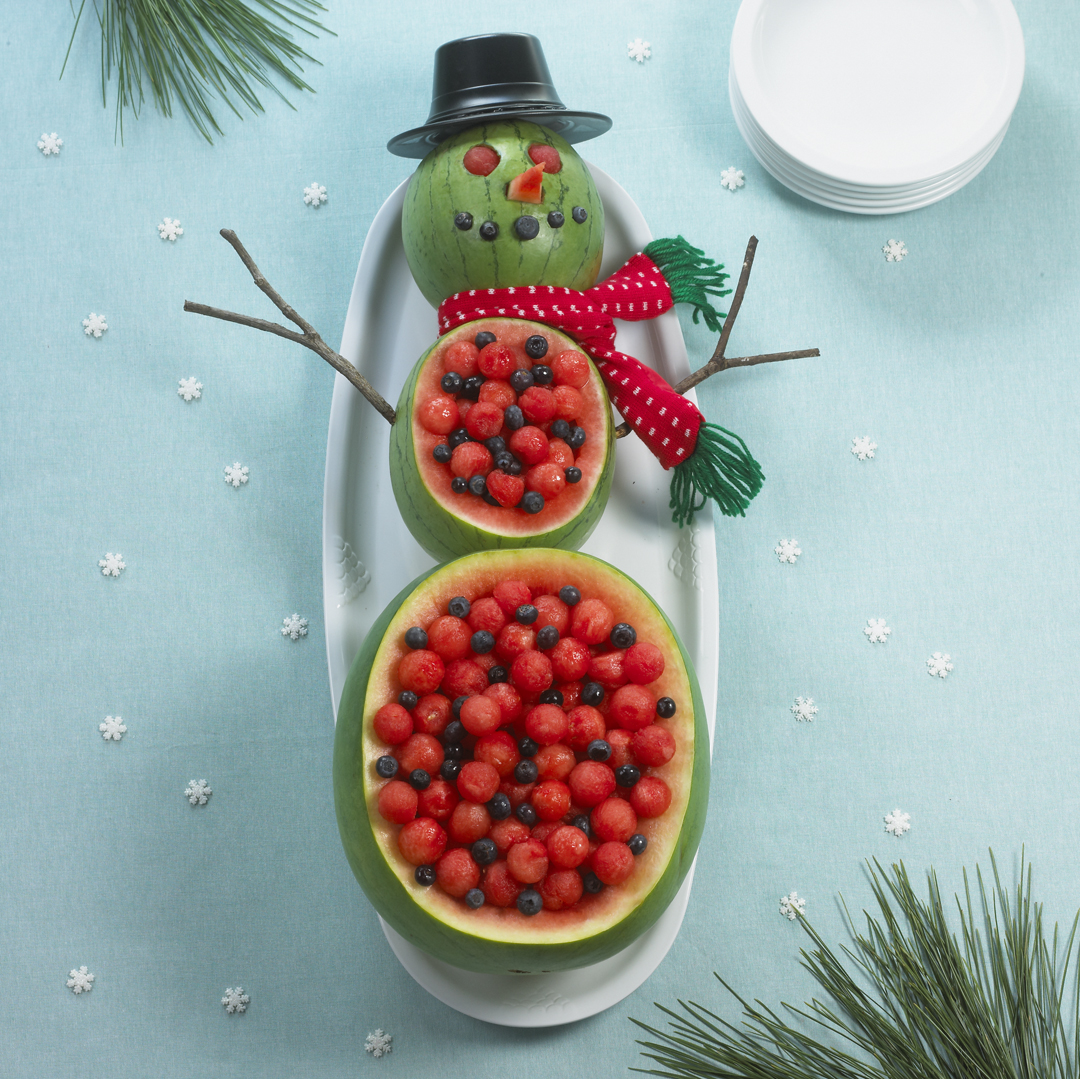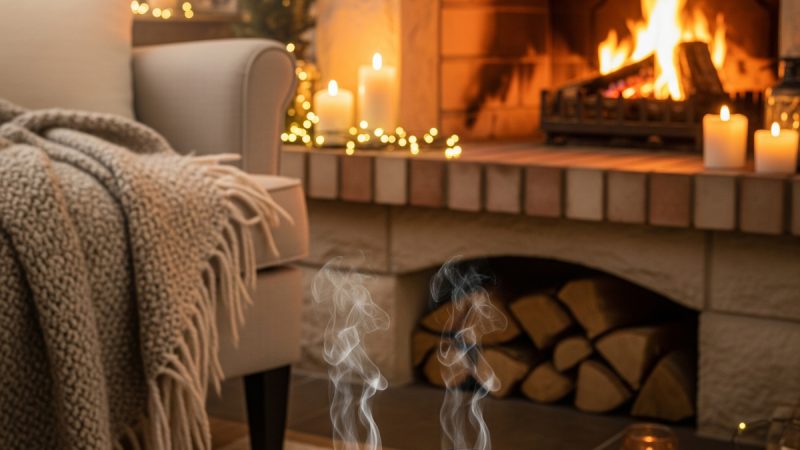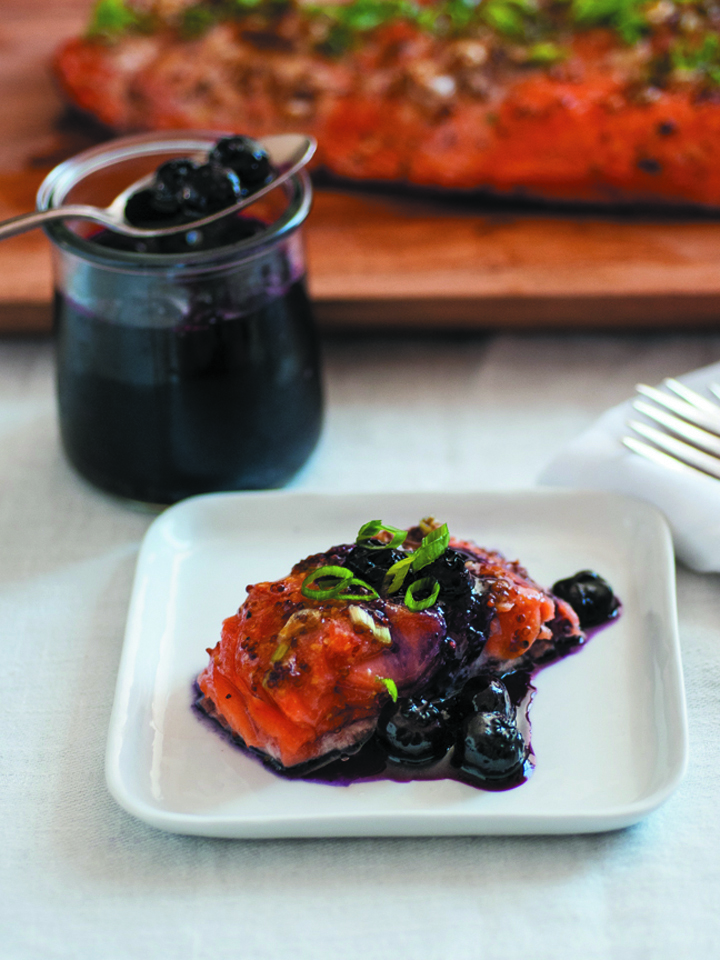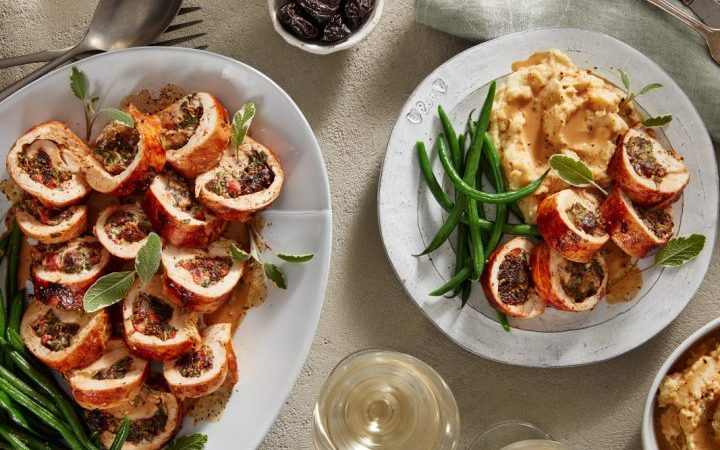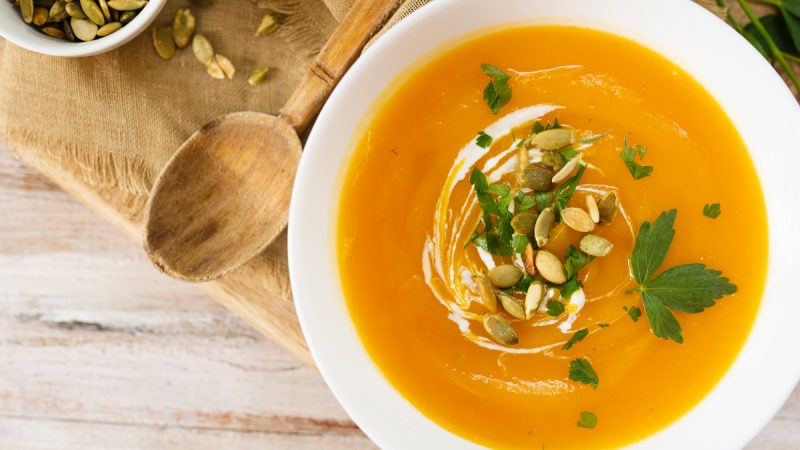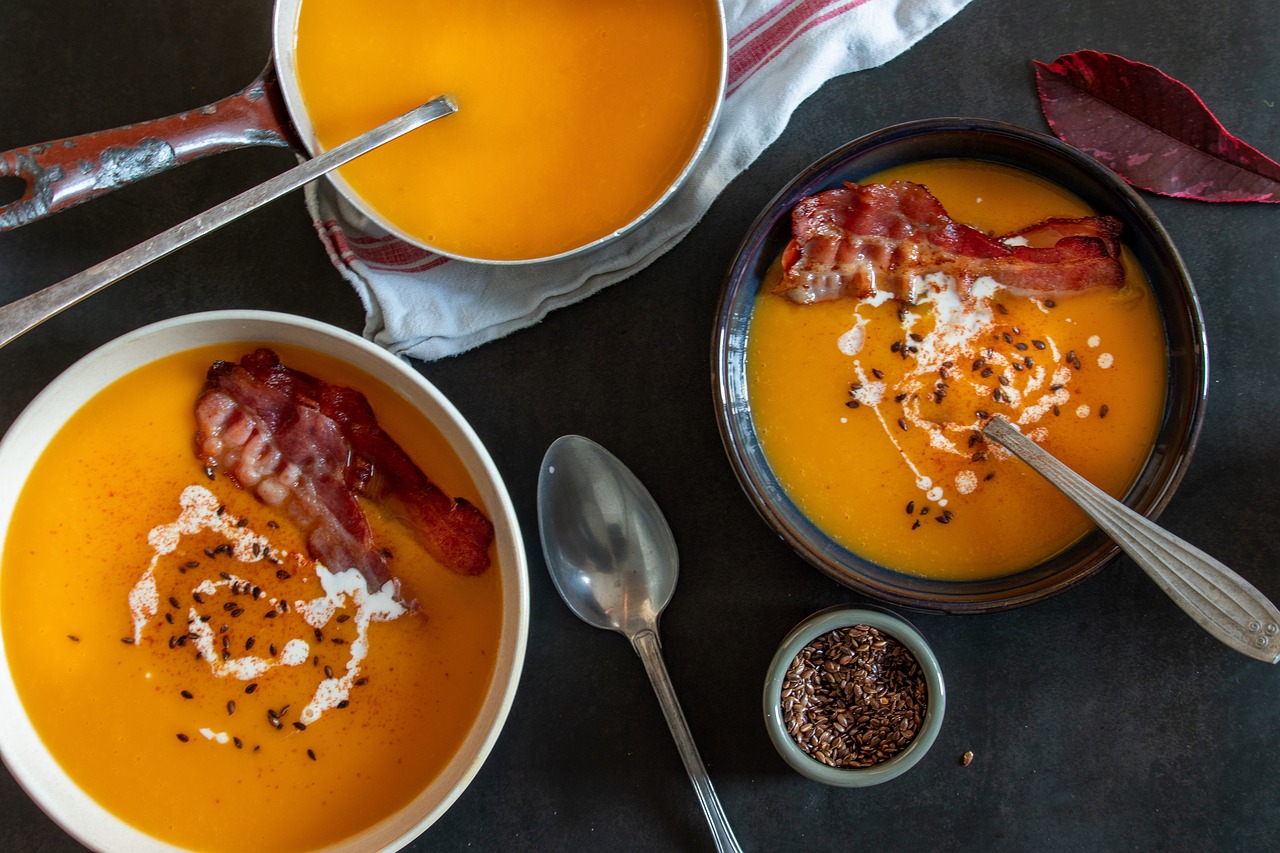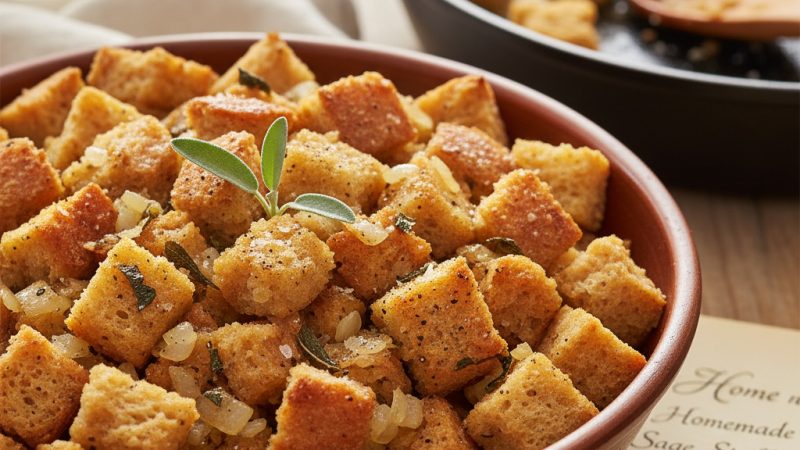The Secret to Cooking Duck
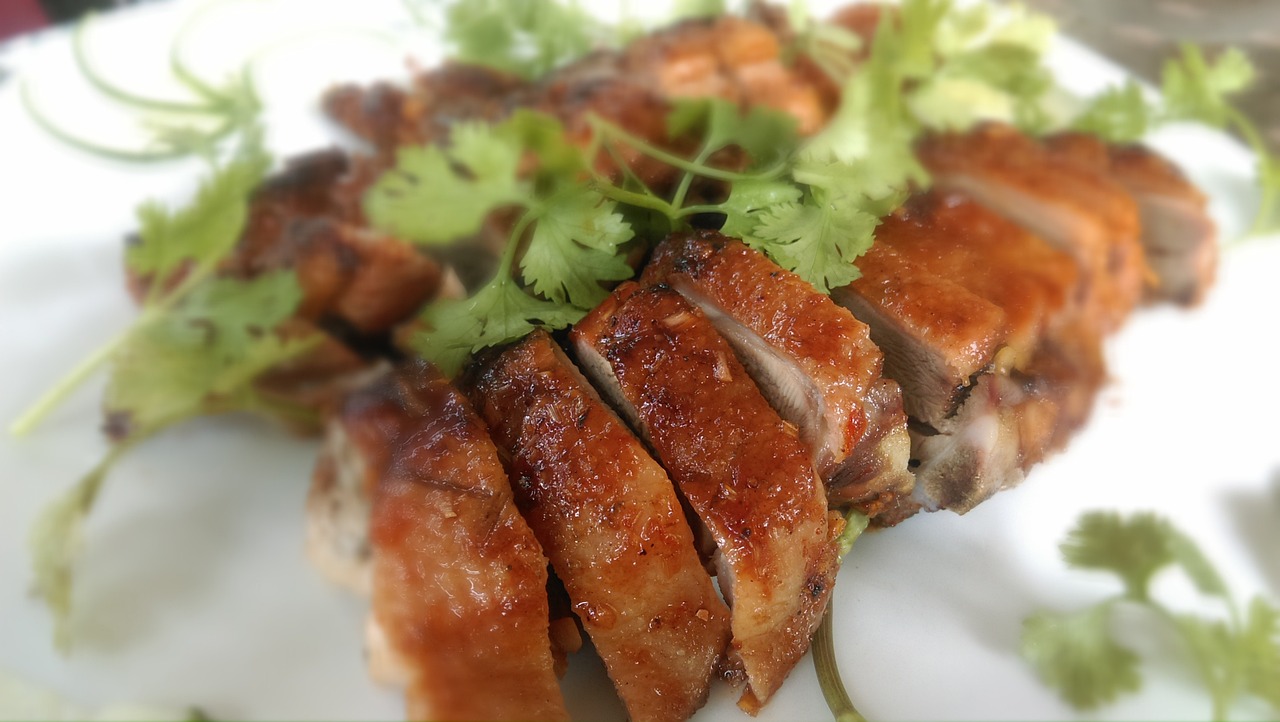
After a long absence from the American food scene, duck is making a comeback. And why not? Well-prepared duck is tasty and healthy. Both domestic and wild duck are an excellent source of iron and protein. Fresh duck is found in many supermarkets and specialty food stores from late spring until early winter (the U.S. government grades ducks from A to C–A being the best), and who doesn’t like to try something other than chicken or beef now and then?
How to Buy The Bird
When buying duck, be sure to choose a bird with a plump, broad breast and elastic skin. If you buy frozen duck, check that the packaging has no holes that could compromise the quality of the poultry.
The Problem with Duck
Duck isn’t difficult to prepare—once you know how to do it. The trouble is, very few people (even some chefs in expensive restaurants) know how to cook it properly. Duck is dark, fatty meat. You must cook off as much of the fat as possible to end up with a bird that doesn’t have a tough, chewy skin. (Duck skin should be crispy!)
There are a number of ways people have dealt with this over the years, but let’s focus on the French way.
Cooking Duck Breast The French Way
The first vital step is to prepare the duck for cooking by slicing through the skin and fat. With a sharp knife, press down into the duck’s skin, being careful not to cut through the meat of the bird. The fat is easy to cut, so as soon as you feel some resistance, you’re at the meat. Make a cut about every inch over the surface of the bird; for a more attractive look, use a cross-hatch pattern.
These cuts allow the duck’s fat to drain, which greatly improves the taste and texture of the bird.
Next, you must cook the duck slowly:
Place some oil in a heavy pan and fully preheat on low heat. Preheat the oven to 450 degrees.
Season the duck with pepper and a small amount of salt. (Other seasonings could include cumin, rosemary, fennel, or five spice powder.)
Place the duck, skin side down, in the pan. There shouldn’t be a sizzle. (If there is, remove the duck promptly and allow your pan to cool. Then try reheating the pan on lower heat.)
To prevent the duck from frying in its own fat, drain the fat as needed throughout the cooking process.
In about 15 to 20 minutes, most of the duck fat will be gone. At that time, turn the duck and cook for about 5 to 10 seconds.
Place the duck on an oven rack with a foil-covered cookie sheet beneath it (to catch drips). Roast for 5 to 10 minutes or until a thermometer stuck in the breast reads 160 degrees F.
Allow the duck to rest a few minutes before serving.
Now that you understand how to cook duck well, experiment! Impress your family and friends with a gourmet duck cooking recipe, or try barbecuing or grilling duck breasts, remembering to cut through the skin and fat first, then cook slowly.
The Author:
Kristina Seleshanko is a former research librarian for “Gourmet” magazine and the author of 16 books.
Photo. Photaubay98

